
Shutterstock
If you’ve ever tried taking your dog out for a walk on a rainy day, only to watch them tiptoe or even refuse to step outside, you know that some dogs seem to despise getting their paws wet. This reluctance can be perplexing, especially when you consider that some dogs love splashing around in pools or lakes. So, what’s behind this aversion to wet paws? From sensory sensitivities to instinctual behaviors, there are several fascinating reasons why certain dogs just aren’t fans of water touching their feet.
Sensory Sensitivity and Paw Pads
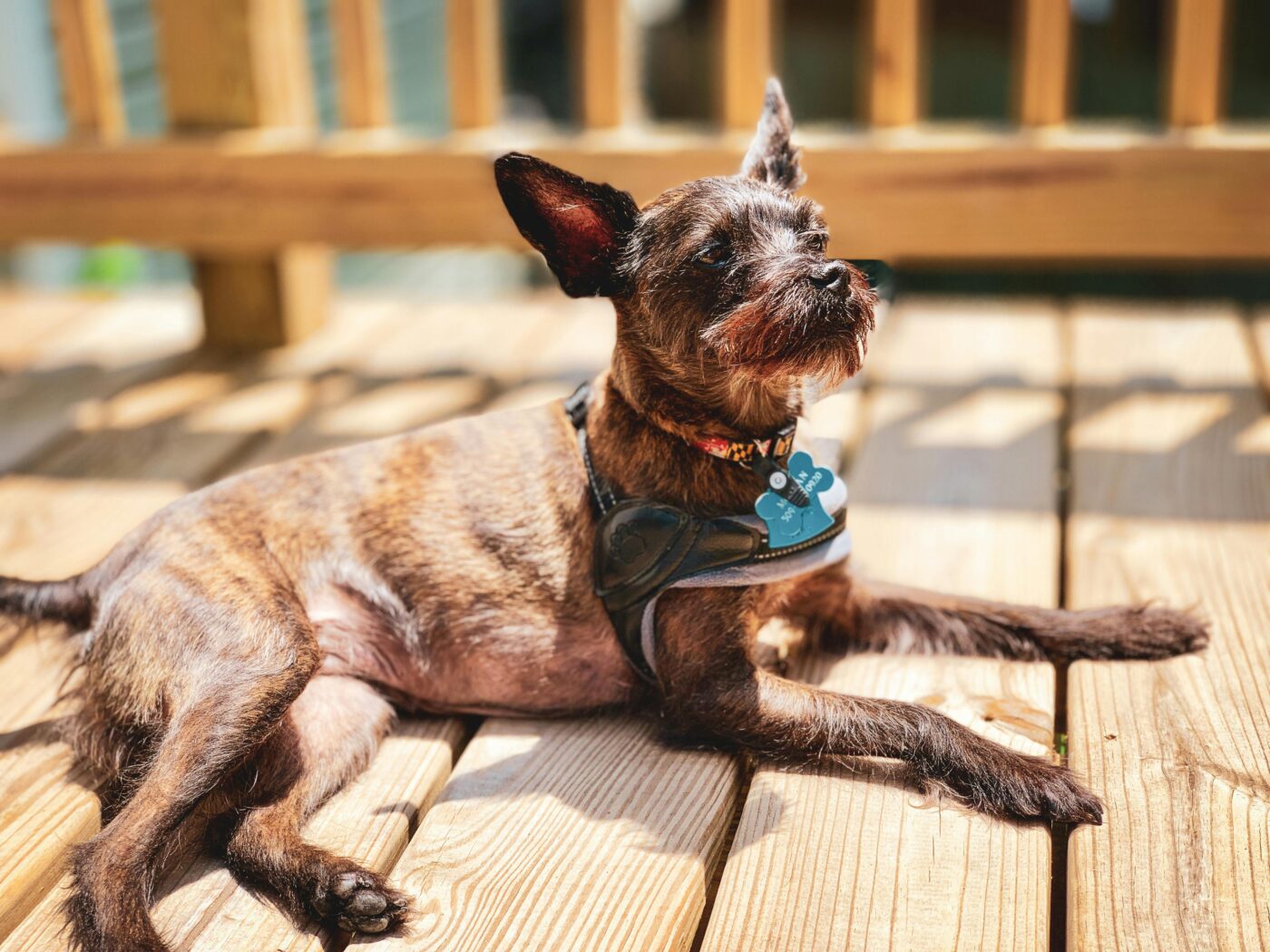 Shutterstock
Shutterstock
One of the primary reasons some dogs dislike getting their paws wet is due to the high sensitivity of their paw pads. A dog’s paw pads are packed with nerve endings, making them particularly sensitive to textures, temperatures, and moisture. When a dog’s paws come into contact with water, the sensation can feel overwhelming or uncomfortable, especially if the water is cold or the surface beneath is uneven. Dogs with heightened sensory awareness may be more sensitive to wet conditions, causing them to lift their paws gingerly or avoid puddles altogether. For these dogs, the squishy, wet feeling on their paws can be a bit too much.
Discomfort with Temperature Changes
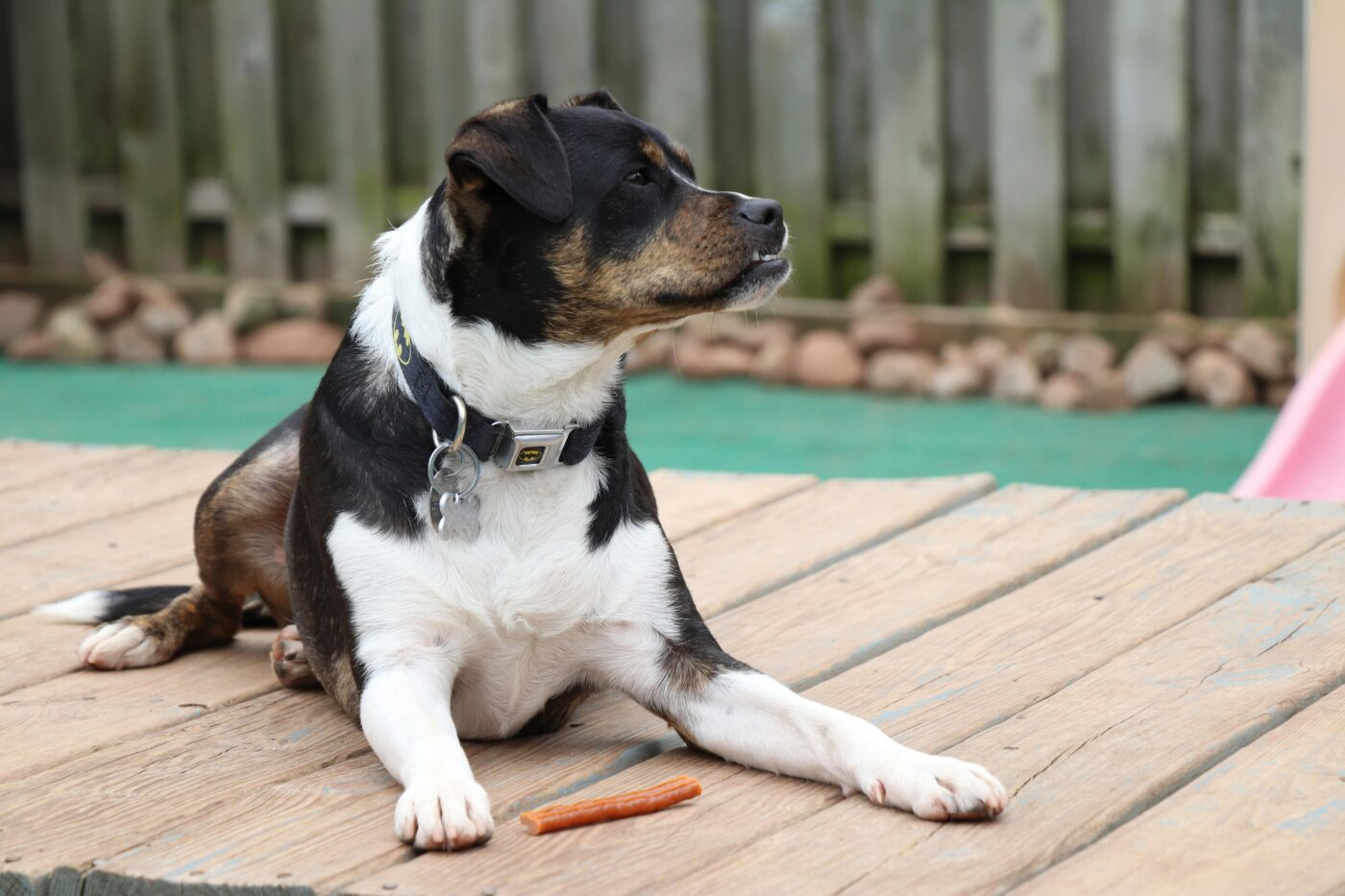 Shutterstock
Shutterstock
Dogs have varying levels of tolerance for different temperatures, and for some, cold water on their paws is unpleasant. In colder weather, water on a dog’s paw pads can rapidly lower their body temperature, causing discomfort. Small breeds, in particular, may be more susceptible to feeling cold and may naturally resist stepping into chilly water. For dogs with thinner coats or minimal body fat, a drop in temperature can feel even more pronounced. Just as we might flinch at the thought of stepping into a freezing pool, dogs with sensitivity to temperature changes may hesitate to get their paws wet.
Evolutionary and Instinctual Aversion
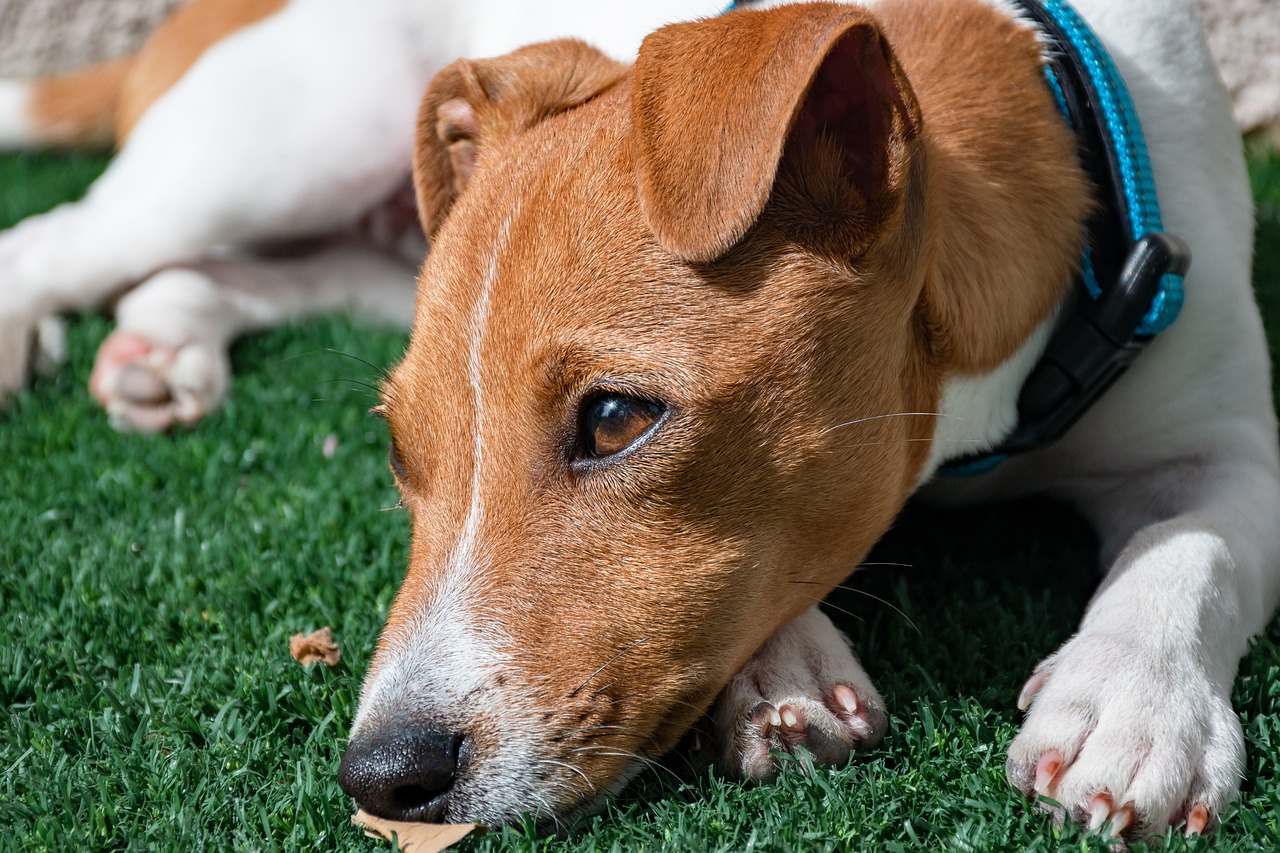 Shutterstock
Shutterstock
Historically, not all dog breeds were exposed to wet environments. Breeds that evolved in dry climates or were bred for tasks on land, such as hunting or herding, may not have developed the same tolerance for water as breeds like Labradors or Newfoundlands, who were bred to work in water. Instinctually, dogs from dry regions may associate wet or muddy environments with potential hazards. This instinctive behavior might lead certain breeds to avoid wet surfaces due to an ingrained tendency to stay in safe, dry conditions. For these dogs, avoiding water is less about preference and more about an instinctual sense of caution.
Negative Past Experiences with Water
 Shutterstock
Shutterstock
Dogs are known for their ability to associate certain experiences with positive or negative feelings. If a dog has had an unpleasant experience with water in the past—such as slipping on a wet surface or getting caught in heavy rain—they may develop an aversion to getting their paws wet. This learned behaviour can be particularly pronounced if the dog feels startled, frightened, or uncomfortable during their first experiences with water. Just as we might avoid situations that remind us of unpleasant memories, dogs may steer clear of water to avoid a repeat of those uncomfortable experiences.
Wet Paws Can Disrupt a Dog’s Grip
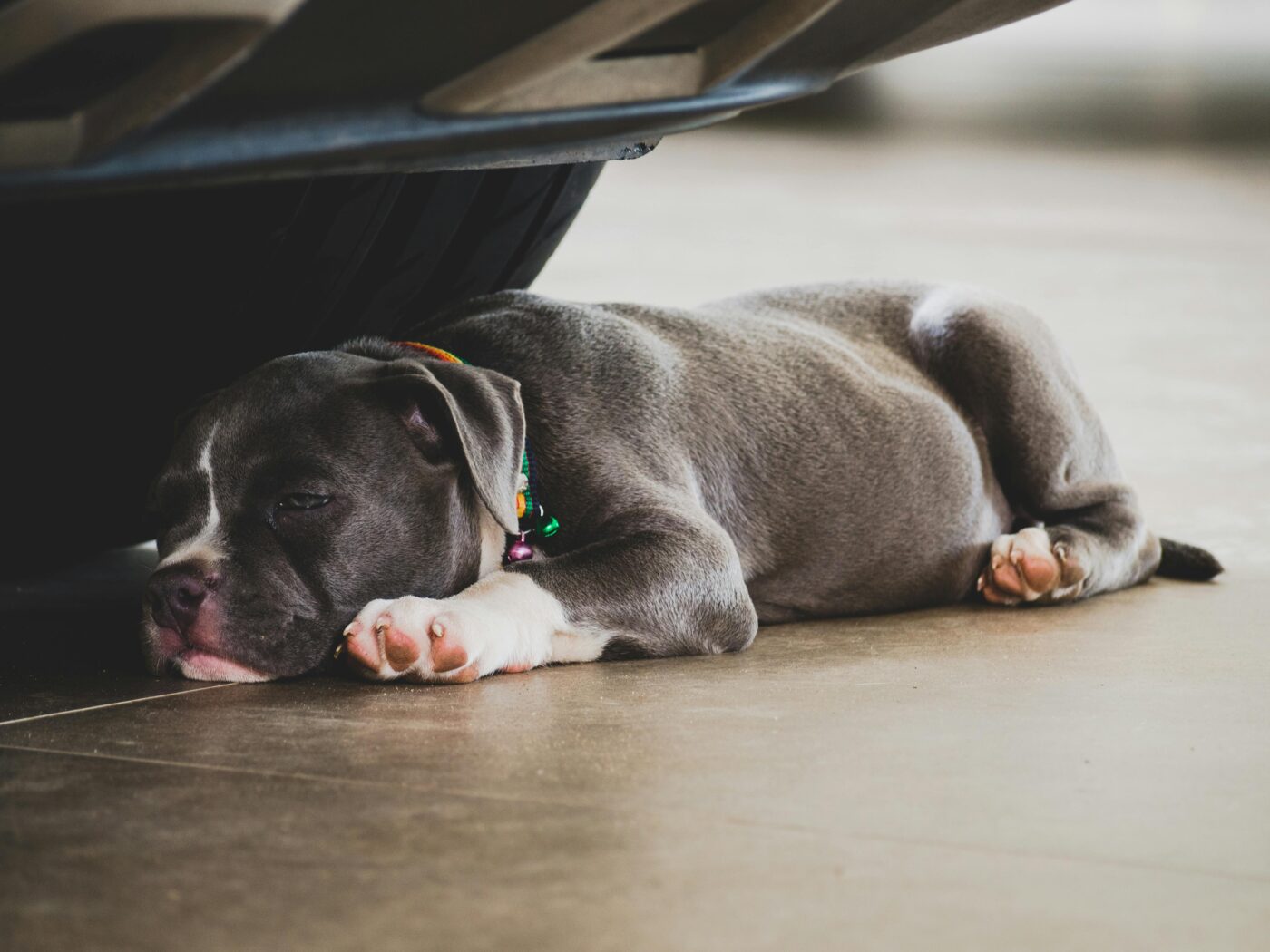 Shutterstock
Shutterstock
When a dog’s paws are wet, their ability to maintain traction decreases, making it harder for them to grip smooth surfaces like tile or hardwood floors. For some dogs, this loss of stability is unsettling and may even cause anxiety, especially if they’ve slipped or stumbled on a wet floor before. Dogs naturally rely on the grip provided by their paw pads, so the idea of losing traction can make them hesitant to step on wet surfaces. For dogs with previous injuries or joint issues, the risk of slipping may feel especially daunting, reinforcing their reluctance to get their paws wet.
Different Breeds, Different Reactions
 Shutterstock
Shutterstock
Breed plays a significant role in a dog’s comfort level with water. Water-loving breeds, such as Retrievers and Spaniels, are more likely to embrace wet conditions because they were bred for activities like retrieving waterfowl or working alongside fishermen. On the other hand, breeds with a reputation for being cautious or sensitive, such as Greyhounds or Chihuahuas, might be less inclined to tolerate wet paws. The differences between breeds stem from centuries of selective breeding, with some dogs more naturally adapted to wet environments than others. Understanding your dog’s breed traits can provide insight into why they may be more or less comfortable with wet paws.
The Texture of Wet Surfaces Can Feel Unfamiliar
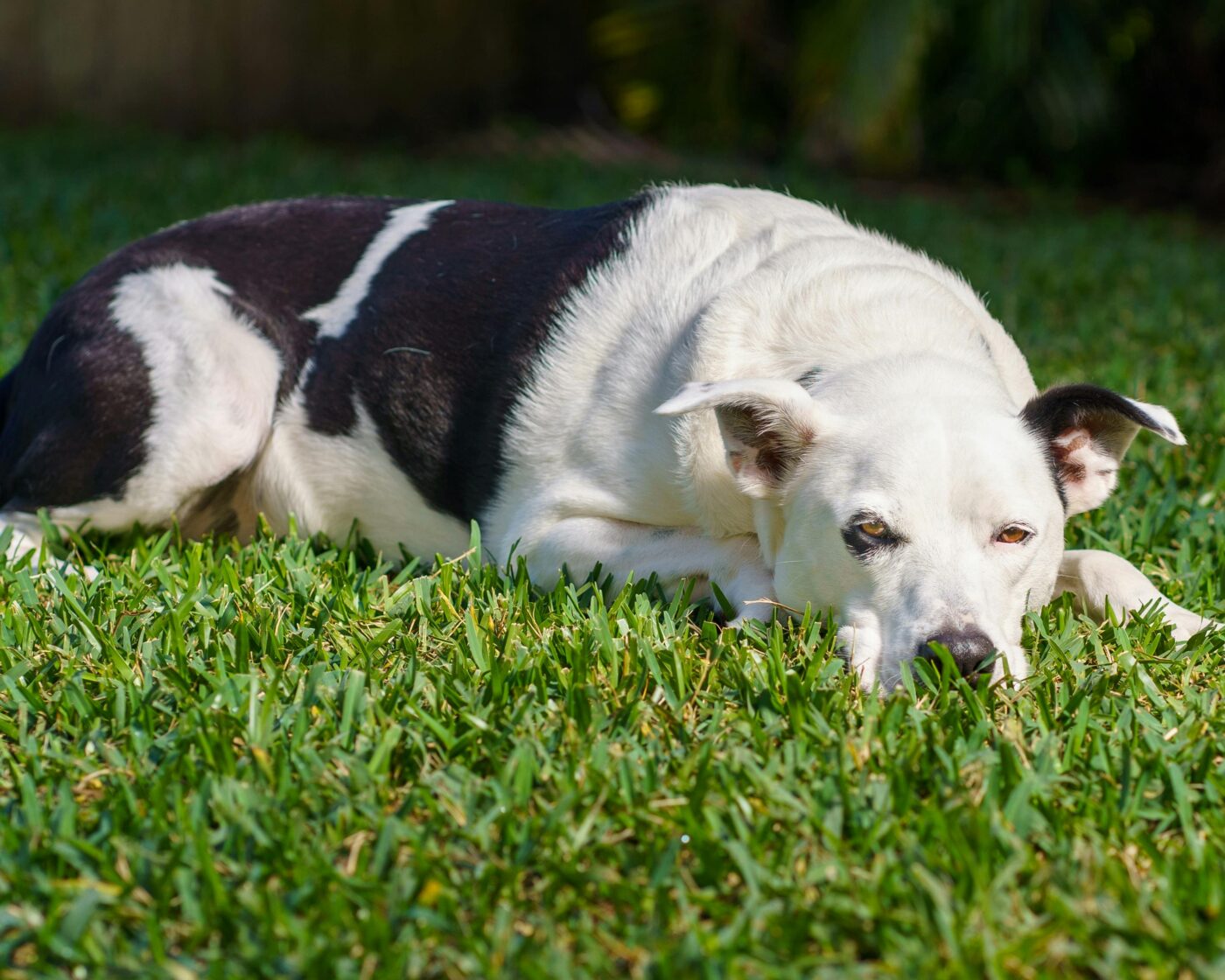 Shutterstock
Shutterstock
The feeling of stepping on wet grass, mud, or a rain-soaked sidewalk can be quite different from the dry surfaces dogs are used to. Wet surfaces often have a slippery or squishy texture that may feel strange or unsettling to a dog’s paws. For dogs who are used to dry grass or firm ground, the unfamiliar texture of wet surfaces can be off-putting. Dogs are creatures of habit, and the sudden change in surface texture can throw them off, making them reluctant to step on wet areas. For some dogs, unfamiliar textures can be as much of a deterrent as temperature or scent.
Cleanliness and Scent Sensitivity
 Shutterstock
Shutterstock
Dogs are highly attuned to their environment through their keen sense of smell, and water often carries various scents that can smell unusual or overwhelming to them. Rainwater, for example, picks up scents from the ground, plants, and other surroundings, creating a mixture of smells that can be confusing or unappealing to certain dogs. Additionally, some dogs are naturally fastidious and prefer to keep their paws clean. For these dogs, the idea of stepping into muddy water that might leave residue on their paws could be enough reason to avoid it altogether.
Anxiety or Nervousness About the Unknown
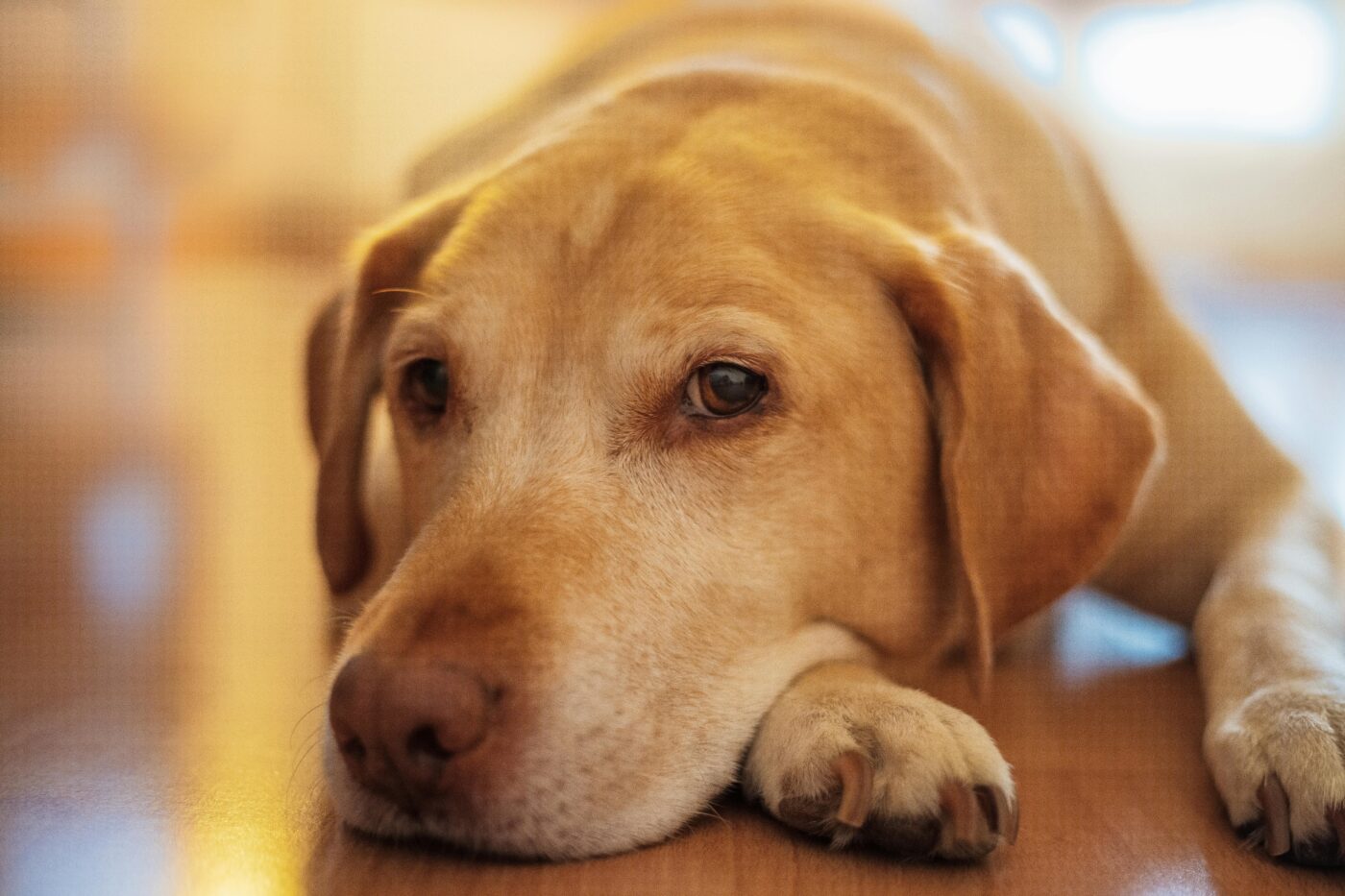 Shutterstock
Shutterstock
Some dogs are naturally more anxious or cautious, and new or unpredictable situations—like walking on a wet surface—can make them feel uneasy. Dogs who are prone to anxiety may feel uncertain about stepping onto unfamiliar terrain, especially when it’s wet and slippery. The unpredictability of puddles, which could be deep or shallow, warm or cold, adds to the feeling of the unknown. For anxious dogs, avoiding wet surfaces may be a way to keep control of their environment and feel safe. Owners of anxious dogs might notice this behavior more on rainy days or after it’s rained.
Paws and Nerves
 Shutterstock
Shutterstock
Dogs’ paws are packed with nerves, and their sensitivity to touch means that some sensations can feel particularly intense or unpleasant. Wet surfaces stimulate different nerves than dry surfaces, creating a “cold, wet, squishy” sensation that can be off-putting for certain dogs. For dogs with heightened tactile sensitivity, this sensation can be comparable to a human stepping into a cold puddle with bare feet. This nerve sensitivity makes some dogs far more reactive to wet paws, as they feel every step with heightened awareness, causing discomfort or reluctance to walk on damp ground.
Rainy Day Refusal or Just an Excuse?
 Shutterstock
Shutterstock
Your dog’s aversion to wet paws might be their clever way of avoiding a soggy walk. Who can blame them? They’ve figured out how to stay warm and cozy while you brave the elements. So, next time you’re met with those reluctant eyes on a rainy day, remember—they may just be saying, “Let’s wait for a sunny day instead!” After all, they’re not just avoiding water; they’re embracing a little extra comfort, and who doesn’t enjoy staying dry when they can?






